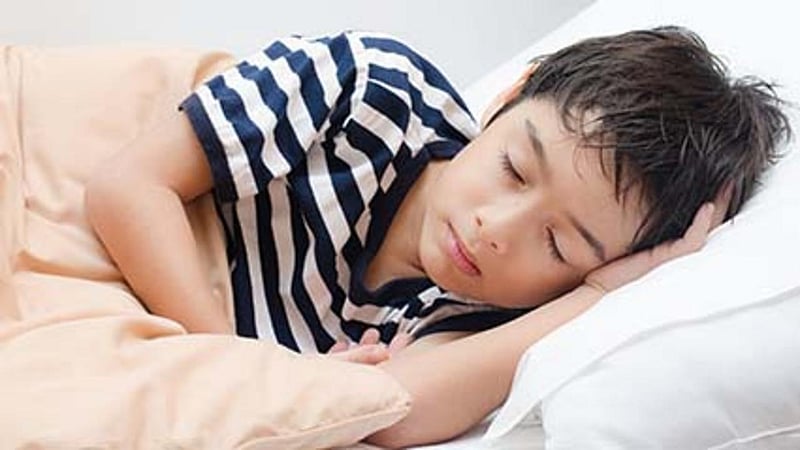(330) 876-1228
8507 Main StreetKinsman, OH 44428
(330) 876-1229

When people think about Alzheimer's disease, they usually associate it with seniors who have had a long and fulfilling life.
Sadly, two rare conditions that imitate the symptoms of Alzheimer's strike infants and children. Two of these disorders, Niemann-Pick Disease Type C (NPC) and Sanfilippo syndrome, will be discussed here. Here is everything you need to know about childhood Alzheimer's, including what it is, its causes and risk factors, symptoms and treatments.
What is childhood Alzheimer's?
Sanfilippo syndrome and NPC cause symptoms resembling dementia, hence the reference to childhood Alzheimer's disease. These diseases are lysosomal storage disorders. The Cleveland Clinic states that people with a lysosomal storage disorder lack certain enzymes that help the body break down fats, sugars and other substances. These substances cannot be properly stored by the body and then cause harm when they build up in the body.
Childhood Alzheimer's causes and risk factors
Boston Children's Hospital advises that a genetic mutation in the NPC1 or NPC2 gene causes NPC. The disease is inherited in an autosomal recessive pattern, which means that to be affected, the child must receive a defective gene copy from each parent. NPC results in an abnormal storage pattern of fat molecules inside cells.
Sanfilippo syndrome is also a genetic disorder that is inherited in an autosomal recessive pattern, with a defective gene from each parent. Sanfilippo disease results in an inability to break down heparan sulfate, which then builds up in the body, causing harm.
Childhood Alzheimer's symptoms
Because Sanfilippo syndrome and NPC are different diseases, their symptoms differ.
NPC symptoms typically begin in childhood, although they can present at any time, including adulthood.
According to Boston Children's Hospital, symptoms include:
Children with Sanfilippo syndrome typically appear healthy at birth and do not tend to show symptoms right away; some of the early signs are typical of common childhood conditions. The Cure Sanfilippo Foundation lists the following symptoms:
Early symptoms
Later symptoms
Childhood Alzheimer's treatment
There is currently no cure for either Sanfilippo syndrome or NPC. Treatment for both of these diseases is supportive. Treatment at a dedicated multidisciplinary center is ideal for helping manage specific symptoms of each condition. Endocrinologist Venkatraman Rajkumar says in StatPearls, "It helps prevent delays, decreases patients lost to follow-up and vastly improves outcomes."
Living with childhood Alzheimer's
Is childhood Alzheimer's terminal? Life expectancy with a diagnosis of Sanfilippo syndrome is 10 to 20 years of age. Life expectancy with NPC varies greatly, depending on the severity of the disease. Often receiving the correct diagnosis is difficult because while childhood Alzheimer's life expectancy is limited, it can mimic common childhood illnesses.
Kidshealth.org has helpful advice for when you have received a life-changing diagnosis for your child:
